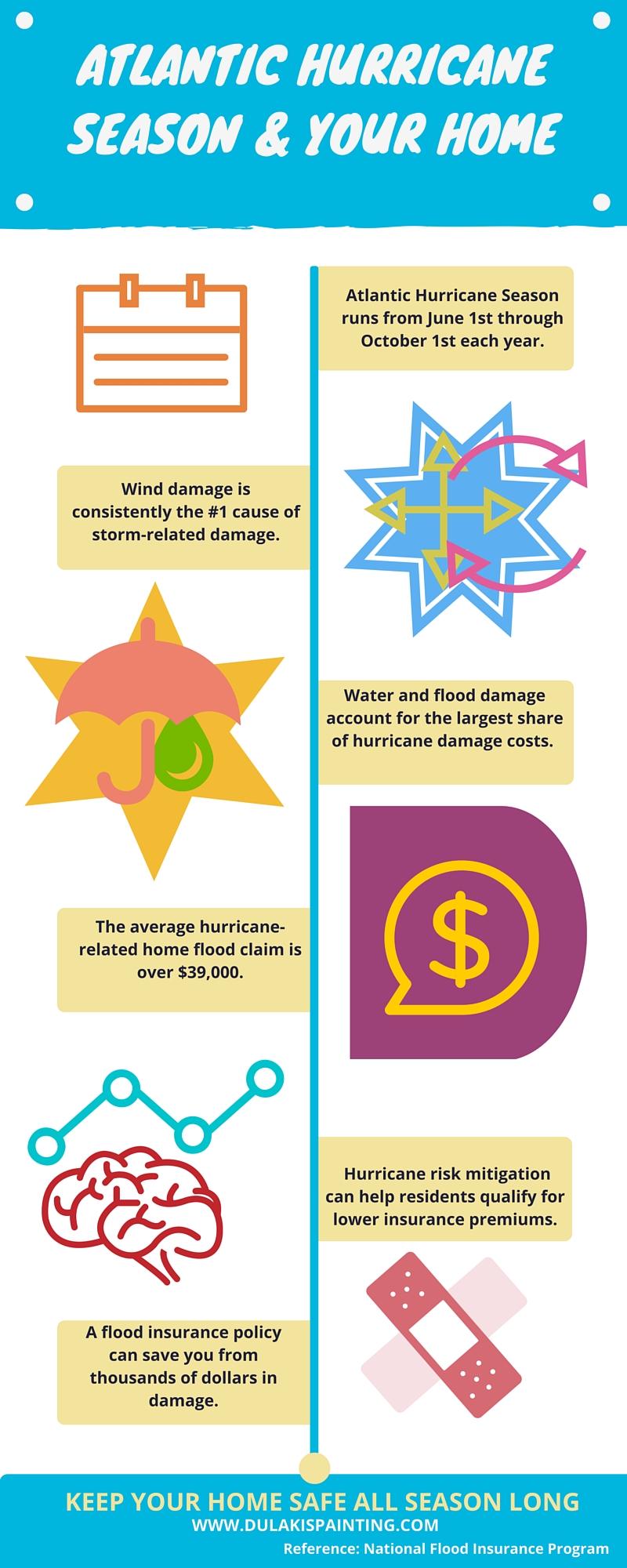Understand How Seasonal Problems Affect The Success Of Business Exterior Paint And Find Out The Ideal Durations To Assure Long-Lasting End Results For Your Task
Understand How Seasonal Problems Affect The Success Of Business Exterior Paint And Find Out The Ideal Durations To Assure Long-Lasting End Results For Your Task
Blog Article
Write-Up By-Aguilar Whalen
When you're intending an industrial outside painting project, seasonal factors can make or damage your outcomes. You'll want to take into consideration how temperature and moisture effect paint application and drying out times. Choosing the best season can ensure your paint sticks effectively and lasts longer. Yet which periods are genuinely the best for this type of work? Let's discover the crucial elements that can influence your project's success.
The Influence of Temperature Level on Paint Application
When you're preparing an industrial exterior painting job, the temperature level can significantly influence exactly how well the paint sticks and dries out.
Ideally, you want to repaint when temperatures range between 50 ° F and 85 ° F. If it's also chilly, the paint may not cure correctly, resulting in concerns like peeling or breaking.
On the other side, if it's too warm, the paint can dry out too quickly, preventing proper adhesion and leading to an irregular surface.
You must also think about the time of day; morning or late afternoon provides cooler temperature levels, which can be a lot more beneficial.
Constantly examine the maker's suggestions for the specific paint you're using, as they commonly offer support on the suitable temperature variety for ideal outcomes.
Moisture and Its Result on Drying Times
Temperature isn't the only ecological variable that affects your commercial external paint task; humidity plays a considerable role also. High moisture degrees can decrease drying out times substantially, affecting the total high quality of your paint job.
When the air is saturated with moisture, the paint takes longer to heal, which can bring about problems like poor adhesion and a higher threat of mildew development. If you're painting on a specifically damp day, be gotten ready for prolonged wait times between coats.
It's vital to monitor local climate condition and plan appropriately. Preferably, aim for humidity degrees between 40% and 70% for optimal drying.
Keeping these consider mind guarantees your task remains on track and provides a long lasting coating.
Best Seasons for Commercial Exterior Paint Projects
What's the very best time of year for your commercial outside painting tasks?
helpful resources and very early fall are generally your best options. During interior house painting minnetonka , temperature levels are mild, and humidity degrees are commonly reduced, producing optimal problems for paint application and drying.
Avoid summer season's intense heat, which can cause paint to dry as well quickly, leading to poor bond and coating. Likewise, wintertime's chilly temperature levels can hinder appropriate drying out and healing, taking the chance of the long life of your paint work.
Aim for days with temperatures between 50 ° F and 85 ° F for ideal results. Keep in mind to inspect the regional weather report for rain, as damp problems can ruin your task.
Preparation around these elements guarantees your paint task runs smoothly and lasts much longer.
Final thought
In conclusion, intending your business external painting jobs around seasonal considerations can make a considerable distinction in the outcome. By organizing work during the excellent temperatures and moisture levels, you'll guarantee better bond and drying times. Keep in mind to keep an eye on regional weather forecasts and choose the right time of year-- spring and early loss are your best bets. Taking these steps will certainly help you attain a durable and professional coating that lasts.
